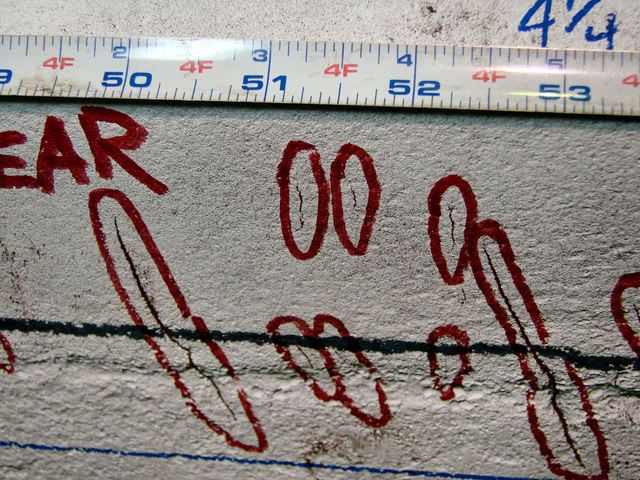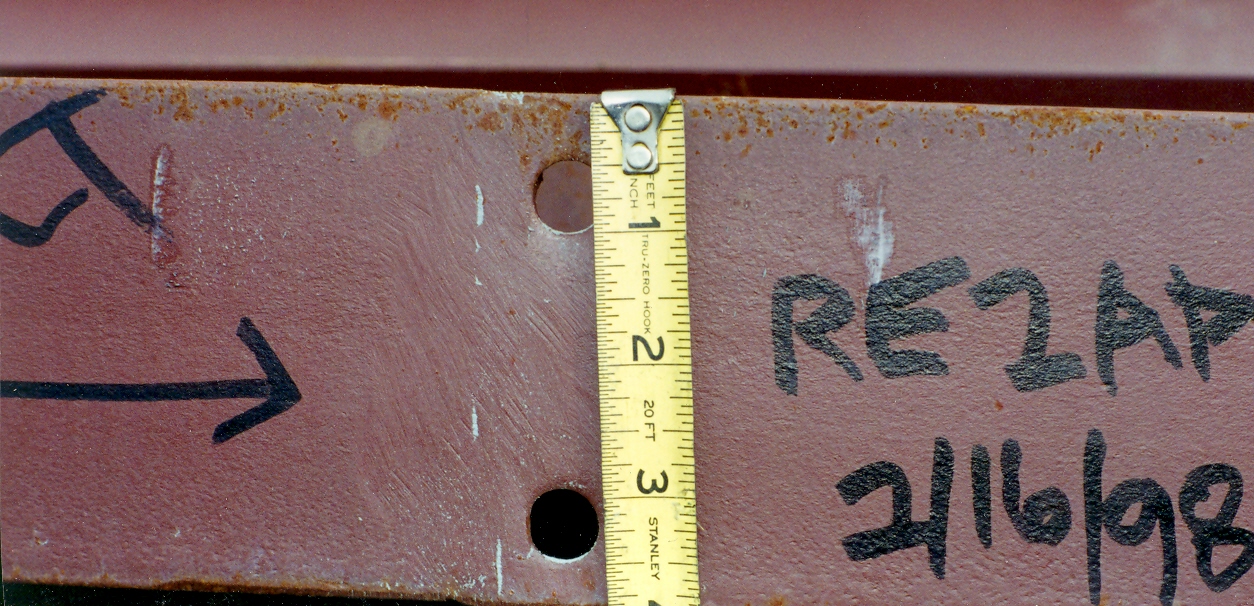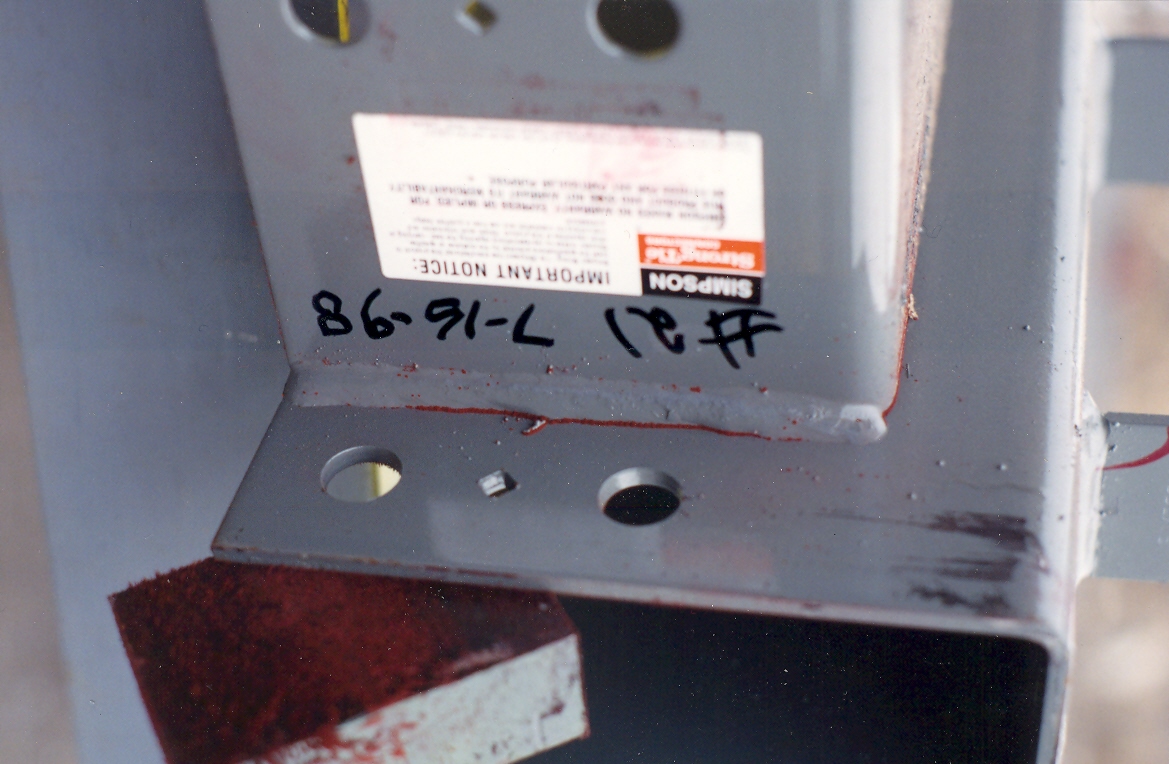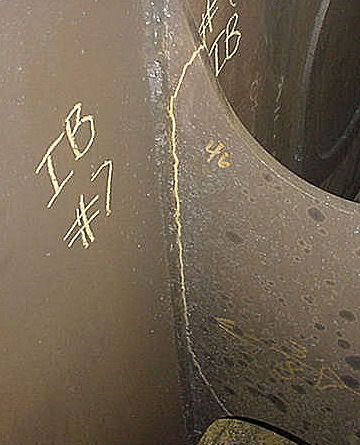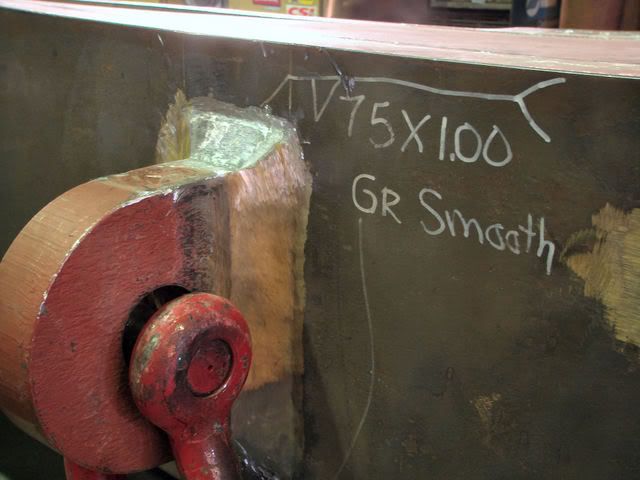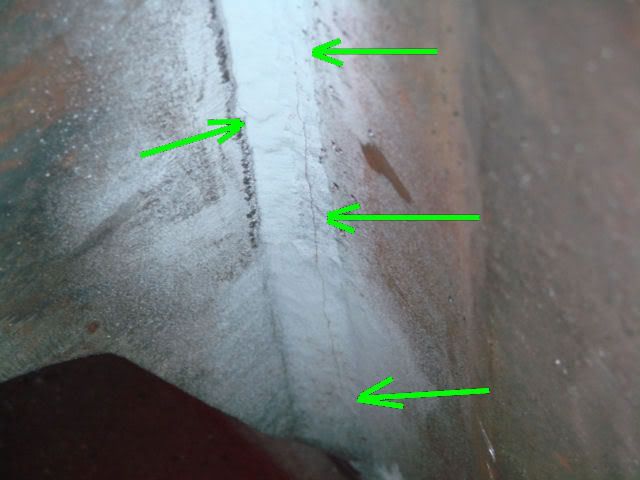A few quotes for context and relevance first:
From NDTIII
"Not with an AC Yoke you won't. I'll take that bet. Just how much do you have to lose?
You still have to demonstrate it before you do the examination. You can't just perform it through paint. "
Your reply was
"I use the continuous current, dry particle technique with an AC yoke to check weldments that have shop coat paint on a regular basis"
and in another post
"I often use MT with an AC yoke in the field as a means of confirming overlap conditions and other deleterious conditions in steel materials that can be concealed by paint."
and in a later post in which you posted pictures, was the first reference to DC
"All the powder fell off when the part was demagnetized by slowly removing the energized AC yoke a short distance from the part."
There was no reference in this to AC/DC yoke. You clearly stated "AC yoke" However at the beginning you stated continuous current which is a term for DC. This was a contradiction, you said nothing in that segment in regards to AC, it was only when you had posted pictures that the comment first came out. ( I re-read them all)
for context, the original post was in regards to a thick paint, and had nothing to do with "shop paint"
From MDG custom weld:
" just got a call from a customer that fabricated some pallet transfer stations for an automotive plant. A few of the welds failed in the field, and the auto plant brought in a third party to mag partical test the rest of the transfer stations. They sent me some pics of the parts they tested that were labled as "suspect" for lack of fusion. All of these parts are painted with a thick industrial enamal paint. "
Shop paint never came into the picture until you mentioned it.
Then from your last post:
"If you doubt the affects or existence of a remnant field, talk to a welder. They have an appreciation for the affects of residual fields and the strength of remnant magnetic fields in low carbon and low alloy steels. Grinding and machining can also produce weak residual magnetic fields that will retain magnetic powders in the areas of cracks, incomplete fusion, etc."
I have a better than average understanding of it. Your comment implies that I do not. I fully understand the causes, and probably a few you've never thought of. I have enough welding experience, Coil shot MT, head shot MT, Prods (Let us not forget the magnetic rubber method for internal threads among others) EMAT, MFL and ET experience to understand such things as magnetic arc blow, residual fields, hysteresis loops etc. your comment in this regards I took as highly condescending. I suggest in the future you try to understand a little bit more as to whom your speaking with before you treat them as ignorant.
As for surface tension I offer the following.
http://en.wikipedia.org/wiki/Surface_tensionPlease read it in full, and re-read my post in context.
NDTIII gave you solid advice, I suggest you take it.
If I am still ignorant in your eyes, well there isn't much I can say to that.



